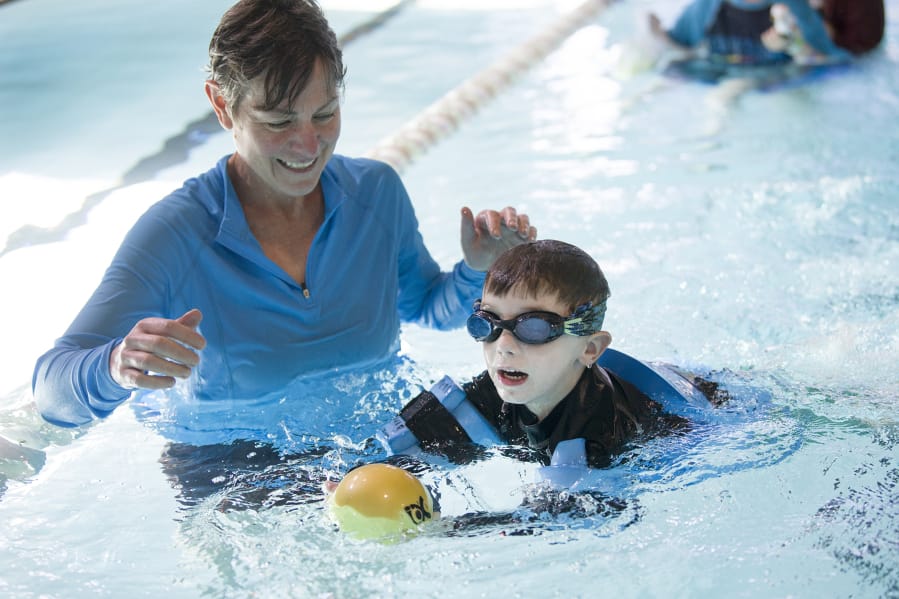One afternoon two years ago, Bastian Maciel complained to his mom about neck pain. Within 15 minutes, the boy was paralyzed from the neck down.
Kim Pendleton rushed her son to the hospital, where surgeons discovered swelling around Bastian’s spinal cord. Surgeons found a 2-inch tumor on Bastian’s spine during exploratory surgery. Once the tumor was removed, doctors told Pendleton her son would be on a ventilator the rest of his life. He was diagnosed with glioblastoma multiforme — the most aggressive form of primary malignant brain tumor — and given a year to 18 months to live.
Within 13 hours of surgery, Bastian was breathing on his own and trying to remove the tube from his airway. After five weeks in the hospital, Bastian was released in a wheelchair; he could stand but couldn’t walk.
Two years later, Bastian, 9, is walking, riding bikes and has reclaimed his position as the self-described fastest kid in his Vancouver neighborhood.
“Bastian just has that grit, that inner strength that not a lot of people have,” Pendleton said.
But four months ago, Pendleton wasn’t sure how much longer her son would be able to continue weekly physical therapy sessions. After a year and a half of therapy, Bastian had regained many of the gross motor skills he had lost. But he resisted as therapy shifted to sharpening skills, Pendleton said.
Then, earlier this year, Bastian was offered one of a handful of spots in a new therapy program offered by Legacy Salmon Creek Medical Center. The hospital joined with the Marshall Center earlier this year to give physical therapy patients a chance to move their workouts to the pool.
Bastian flourished.
“I see him smile, and I never see him smile at his other therapy,” Pendleton said. “He’s truly happy. He’s learning through play.”
For one hour a week, Bastian gets into the pool with his physical therapist, Jen O’Loughlin. They focus on activities to strengthen Bastian’s left arm and leg, which have lingering weakness, and improve his cardiovascular function, O’Loughlin said.
The water, she said, is a great modality because of its unique properties. Water is buoyant, so a child with limited strength can move easier. The water also provides continuous resistance, even if the child doesn’t realize it, O’Loughlin said.
“It can augment what we’ve done on land,” she said.
For 5-year-old Gary Silvas, the pool offers an alternative setting to address his sensory processing disorder and enhance his fine motor skills, said mom Chrissy Silvas. Gary was a micro-preemie, weighing just 1 pound, 1/2 ounce at birth. He’s been in a variety of therapies since birth to address the developmental issues that come with being born so small, Silvas said.
The water provides a new sensation — constant resistance — Gary can’t get through other therapies, Silvas said.
“It’s been really good,” she said. “We love it when they have these opportunities.”
Occupational therapist Karen Drogos spent a recent pool session leading Gary through a variety of activities. He squeezed water into and out of toys. He pushed a ball through the water. He floated on his back.
The pool, she said, allows Gary to work on processing things while he’s overstimulated and building awareness of his body’s movements.
“It’s just a fun way to work on goals in a different setting,” Drogos said.




